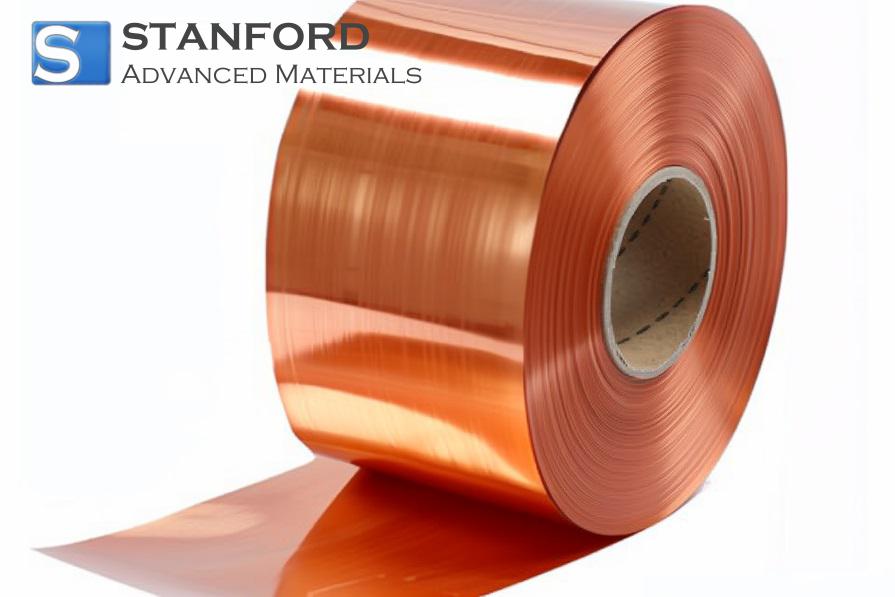Graphene Leading The Charge In Faster Electronics
Graphene was identified over a decade ago as a significant development in electrical conductivity. The element is monatomic and two-dimensional. Its cost of integration into established silicon structures limited practical application. Recent progress in cost-effective processing has led to a global reassessment of graphene’s attributes. Its use in high-speed processors now receives attention. The production challenges have been addressed, thereby allowing application on various substrates.
Reduced Constraints on PCB Area
A printed circuit board has limited area. Past materials required greater volume to minimise wear and to maintain resistance. Graphene requires less area and fewer material quantities. It exhibits high electrical conductivity. It transmits electrical energy with less loss than currently used materials.
Practical Application
Graphene maintains its form under deformation without compromising its crystalline lattice. Its bilayer structure facilitates adherence with minimal change. Graphene tolerates high thermal loads. It is expected to improve chip manufacturing and solar panel efficiency. Renewable energy systems depend on cost reduction. The specific properties of graphene enable production of durable, cost-effective panels. The technology is applicable on existing platforms.

 Bars
Bars
 Beads & Spheres
Beads & Spheres
 Bolts & Nuts
Bolts & Nuts
 Crucibles
Crucibles
 Discs
Discs
 Fibers & Fabrics
Fibers & Fabrics
 Films
Films
 Flake
Flake
 Foams
Foams
 Foil
Foil
 Granules
Granules
 Honeycombs
Honeycombs
 Ink
Ink
 Laminate
Laminate
 Lumps
Lumps
 Meshes
Meshes
 Metallised Film
Metallised Film
 Plate
Plate
 Powders
Powders
 Rod
Rod
 Sheets
Sheets
 Single Crystals
Single Crystals
 Sputtering Target
Sputtering Target
 Tubes
Tubes
 Washer
Washer
 Wires
Wires
 Converters & Calculators
Converters & Calculators
 Write for Us
Write for Us

 Chin Trento
Chin Trento



